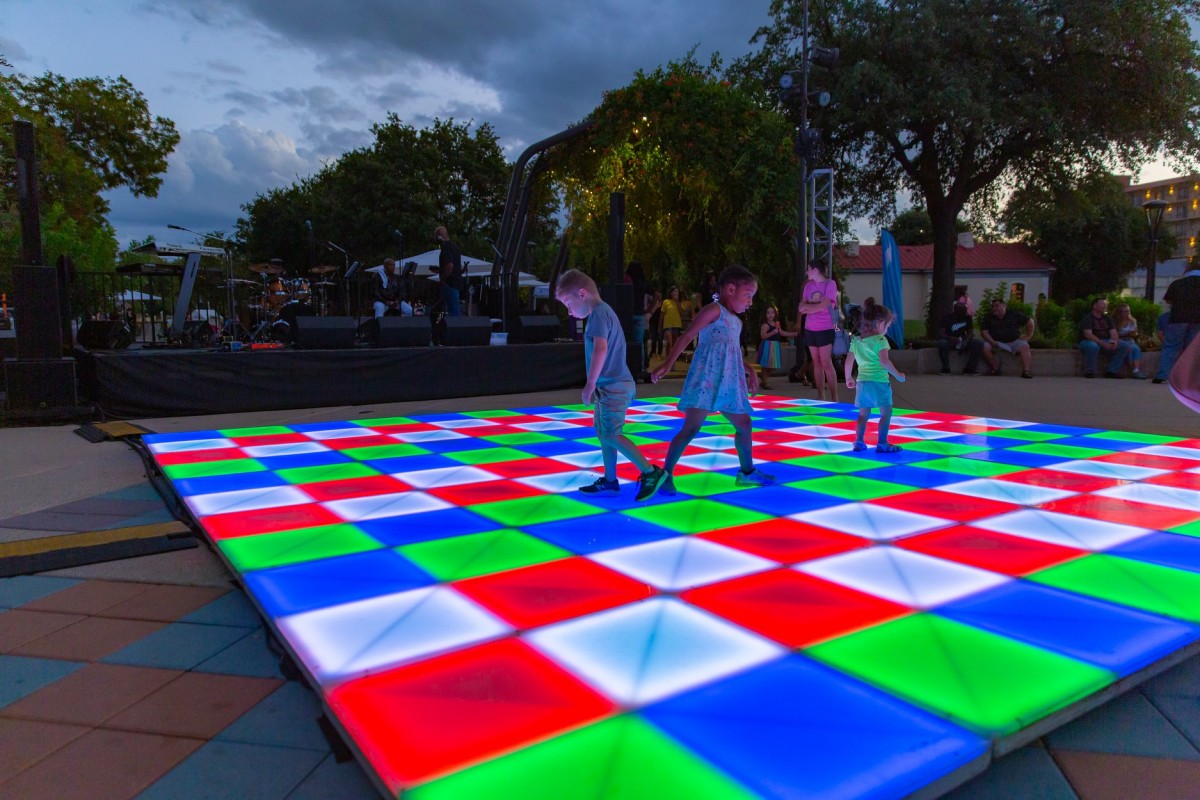Essential Methods to Maximize the Performance of Your Dance Floor
Wiki Article
In order to maintain a dancing floor's durability, it is essential to understand the components and construction that contribute to its durability. Dance surfaces are typically crafted from wood, synthetic, or customized foam substances. Each type has its own advantages and drawbacks. Wood floors provide superior resilience and impact resistance, making them suitable for various dance disciplines. Vinyl floors are frequently easier to maintain and can be engineered with slip-resistant surfaces, which is vital for protection. Specialized foam surfaces offer padding, which can help reduce accidents. Choosing the right option based on the intended purpose of the dance surface greatly impacts its longevity.
Regular upkeep is essential for extending the lifespan of a performance floor. This involves cleaning and restoring the flooring as required. For wooden surfaces, it is important to sweep or hoover consistently to remove dust and grime that can scratch the surface. Additionally, using a sealant or treatment every few cycles helps protecting against humidity and wear. Vinyl surfaces should be cleaned with appropriate cleaners that do not damage the flooring. Keeping a regular cleaning schedule will not only maintain the look of the floor but also guarantee a secure dancing environment.

Climate and moisture control play a critical part in preserving a dance floor's quality. Optimal conditions for timber surfaces are generally a heat range between sixty to eighty degrees Fahrenheit and a humidity level of forty to sixty percent. High humidity can cause timber to warp or develop fungus, while overly dry environments can lead to splitting. In areas where moisture levels vary, it may be beneficial to utilize a moisture regulator or dehumidifier. For synthetic or foam floors, maintaining proper airflow can assist in reduce humidity visit this website buildup that might weaken their stability.
Proper usage is another essential approach for extending the life of a performance floor. It is necessary to establish rules for activities that take place on the floor. For instance, high heels or sharp objects should be avoided as they can create permanent harm. Keeping fixtures away from dance spaces also avoids marks and dents from developing. If the space accommodates various activities, placing protective mats during non-dance uses can further shield the surface from wear.
Ultimately, periodic expert assessments are an reliable way to guarantee continuous maintenance of a dance floor. Hiring specialists who focus on dance surfaces can provide useful guidance into potential issues before they become major problems. These experts LED flooring for nightclubs can offer guidance on repairs or resurfacing options that might prolong the lifespan of the floor substantially. By committing to regular evaluations and adjustments, owners can maintain that their dance surface remains safe, attractive, and practical for years to come.